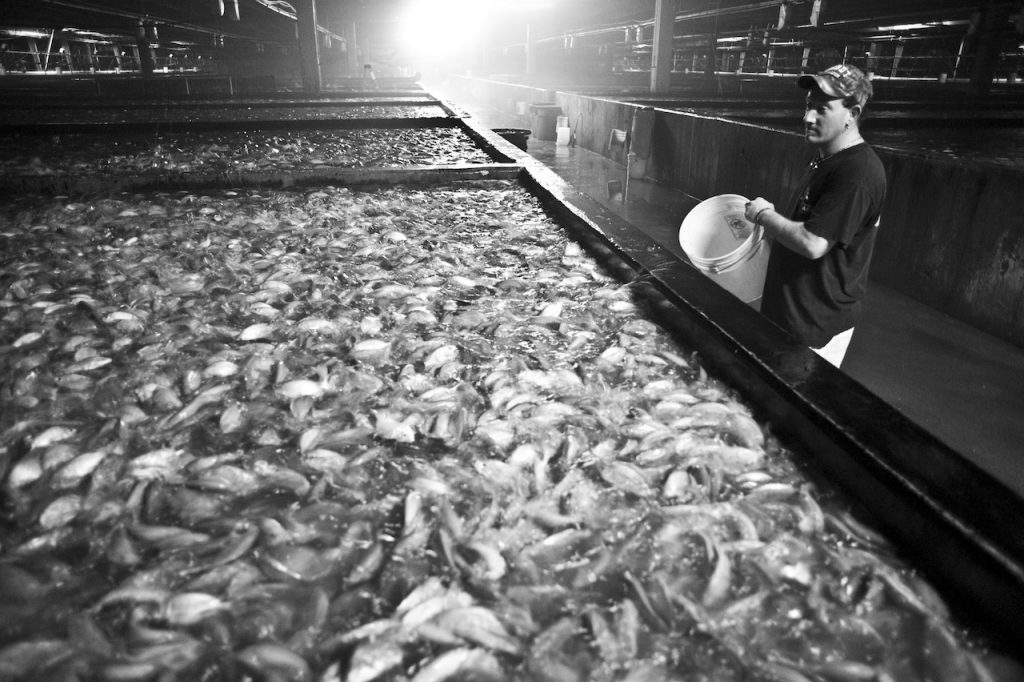
Tilapia virus remains unchecked
July 12, 2017
By Liza Mayer
 Tilapia lake virus (TiLV) has been found in fish farms in six countries on three continents Fish farms in seven countries on three continents now affected
Tilapia lake virus (TiLV) has been found in fish farms in six countries on three continents Fish farms in seven countries on three continents now affected
The deadly tilapia virus that has affected a number of farms in leading supplying countries continues to spread, with nine tilapia fish farms in the Taiwanese town of Taoyuan now infected, up from seven in June, when the virus was first reported in that country.
TiLV has now been reported in six countries on three continents: Colombia, Ecuador, Egypt, Ghana, Israel, Thailand and Taiwan.
“The outbreak should be treated with concern and countries importing tilapia should take appropriate risk-management measures — intensifying diagnostics testing, enforcing health certificates, deploying quarantine measures and developing contingency plans,” the Food and Agriculture Organization (FAO) of the United Nations said in a warning issued on May 26.
Although not a human health risk, the fish disease —Tilapia Lake Virus (TiLV) — has large potential impact on global food security and nutrition, said the FAO.
First signs of the virus were discovered in the summer of 2009 in several fish farms in Israel, where massive losses of tilapia were observed, according the study, “TiLV, An Emerging New Viral Disease of Tilapia spp” by researchers Ra’anan Ariav, Natan Wajsbrot and Allan Heres.
Signs of the disease were “gross lesions… characterized mainly by unilateral or bilateral ocular alterations (cataracts). Other lesions, observed in diseased pond-raised tilapia included skin erosions and moderate congestion of the spleen and kidney,” the researchers wrote in an abstract presented at Aquaculture America 2017 in February. They also noted that morbidity and mortality was limited only to tilapia species and hybrids (Oreochromis niloticus X O. aureus hybrid).
“Disease outbreaks are frequently characterized by secondary bacterial and parasitic infection, leading to mortality rates of over 50 percent in juvenile tilapia populations. The existence of fish that survived the TiLV disease strongly suggests that an effective immune response against this pathogen can be mounted. This has important applications for future disease containment strategies,” said the researchers.
- Barcode systems supplier enters aquaculture market
- Camelina oil as fish-feed ingredient requires the ‘right customer’





